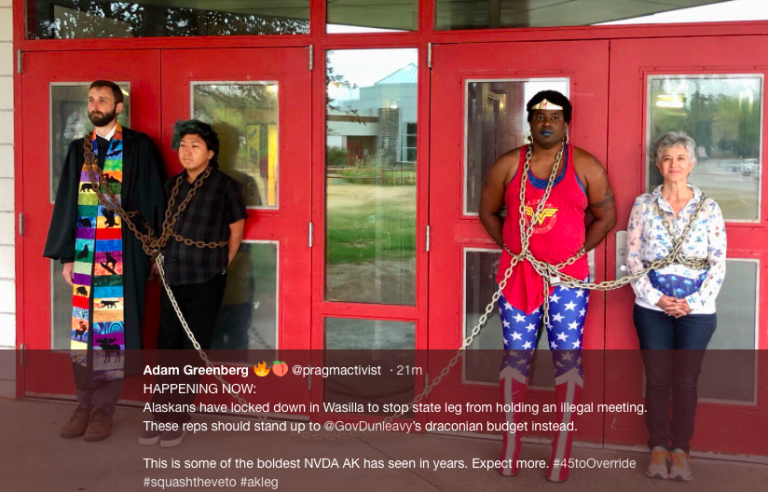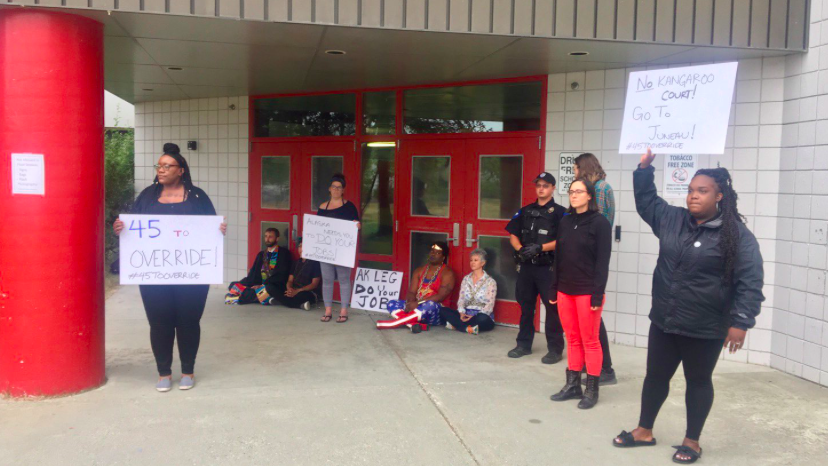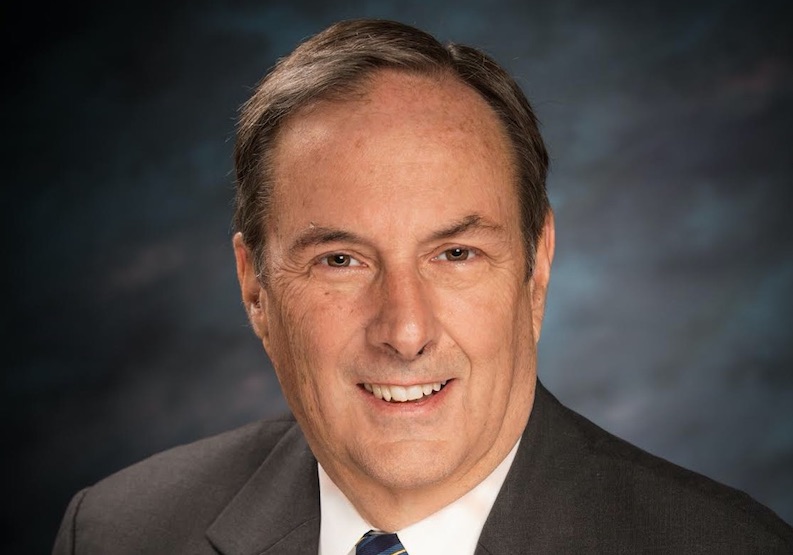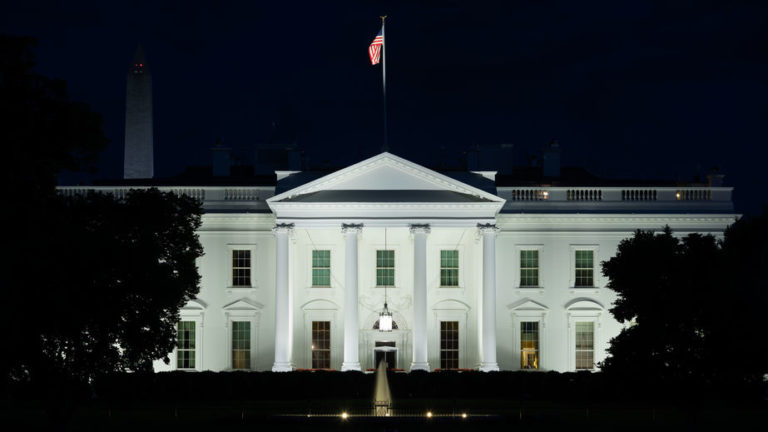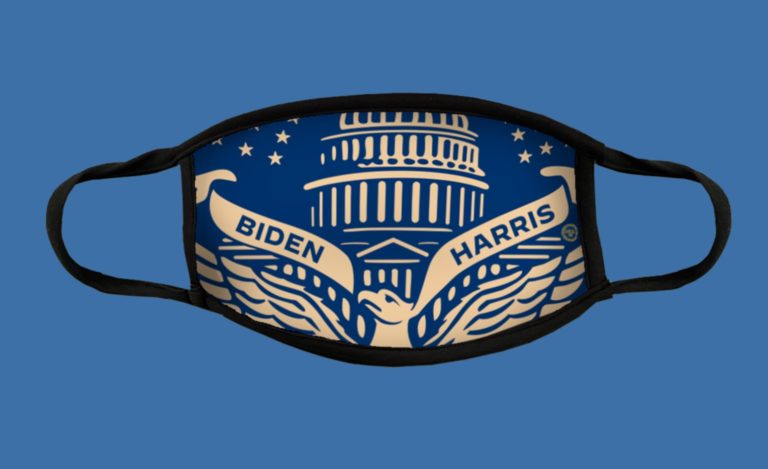By: CRAIG E. CAMPBELL
I had the pleasure of representing the Alaska Republican Party at the 2021 Republican National Committee Winter Meeting last week.
When I arrived on the evening of Jan. 5, I went to bed pleased to see both Senators David Perdue and Kelly Loeffler leading their radical Leftist opponents in the Georgia Senate runoff.
You can imagine how shocked I was the following morning to see Loeffler had already conceded and the Perdue race was too close to call. Sen. Perdue conceded defeat two days later.
The Democrats now control the Presidency, Senate, and House of Representatives.
Republicans took a beating in this election and that fact can not be swept under the rug with excuses. We lost. We lost big. America is now on the road to institutional socialism.
As we gathered to start the Winter Meeting, word came in that protestors were converging on the U.S. Capitol in advance of the congressional election confirmation vote.
We have all become desensitized to protests, and even riots, these past eight months. After a summer of riots in liberal cities, who would be concerned about a gathering in D.C. as the presidential confirmation vote was about to be held?
Like you, I was saddened to see the protest get violent, storming our Capitol and eventually ending with gunfire and the death of yet more Americans to the civil unrest creeping into our everyday political activities. Please pray for the families and souls of the four victims of this violence: Ashli Babbit, Rosanne Boyland, Kevin Greeson, Benjamin Phillips, and Capitol Police Officer Brian D. Sicknick.
I was very pleased with the swift repudiation of the violence by our congressional delegation and governor. I can tell you that everyone at the RNC also condemned the violence. We immediately issued the following public statement:
WASHINGTON – The members of the Republican National Committee released the following statement:
“The members of the Republican National Committee strongly condemn the violence in and around the United States Capitol Building today in Washington, DC.
These violent scenes we have witnessed do not represent acts of patriotism, but an attack on our country and its founding principles.
Our Founding Fathers established a nation of laws, not a nation of anarchy. We call for all those involved to listen to law enforcement officials and help restore order in our nation’s capital.”
We know Democrats cheated in this election and we know they outmaneuvered us in controlling the votes through fraudulent mail-in ballots and deliberate ballot harvesting. But these are not grounds for an insurrection.
With this backdrop, the Winter Meeting discussion focused on ways our Party can change to deal with this new reality of bias media coverage, liberal courts undermining the Constitution by politically interpreting the law, in many cases against the Constitution, and a corrupt election process.
I was inspired by the open and honest postmortem analysis conducted by the RNC to develop solutions to improve the process that guarantees the right to vote for every eligible voter, while protecting against nefarious actions of others.
I was inspired by Gov. Kristi Noem’s uplifting speech about the greatness of our nation and our ability to change in positive ways. She is a future leader not just for South Dakota, but for the United States.
I was inspired by RNC Chair Ronna McDaniel’s positive message of how the Republican Party can unify conservatives, by electing conservative city council and school board seats, state legislative positions, and gaining more seats in the House of Representatives in 2022.
Ambassador Niki Haley called it right when she stated we must implement voter ID laws and eliminate the mail-in system that resulted in this election corruption by Democrats.
If you have to show an ID to fly on commercial aircraft, to cash a check, and to drive a car then it is not unconstitutional to require a voter to provide an ID when casting a ballot.
It will not be easy to change the system if conservatives are divided. Democrats have done a very good job of rigging the system through legislation and courts.
Democrats have mastered the art of deceptive campaigning and skillfully keep opposing views from tubing the end game; winning elections. Don’t believe me? Ask yourself how Anchorage ended up with nine uber-liberal assembly members.
Remaining divided ensures further gains for progressives at all levels of government. My past opinion pieces have challenged everyone to get involved, to support conservative candidates both financially and with your vote, and to even run for office if you really want to make a difference.
What we learned from the 2020 elections is that conservatives have to stop shooting inwards at each other and take aim at the real adversary — progressive socialists who are aggressively taking over America.
Now is the time to be united. Join the Alaska Republican Party. Pick a conservative candidate for the mayor of Anchorage and vote a conservative Anchorage School Board slate of candidates in April.
If we don’t solve our problems through the constitutionally established process, I fear we will be a nation divided at a level not seen since the Civil War. We don’t need a violent revolution to change America. Our founding fathers provided us the means to change our nation, but it takes a commitment from every freedom loving American.
We must treat these next four years as if the future of our democratic republic was at stack, because it is.
- Attend assembly and school board meetings, testify, submit written statements, and peacefully protest against tyrannical actions of elected bodies.
- Demand a Republican led majority in both the Alaska House and Senate. No more coalitions controlled by Democrats.
- Financially support conservatives running for office. I can tell you from experience, a five dollar donation makes a difference.
- Elect a conservative mayor and conservative school board members in Anchorage this April.
- Become more active on social media, refuting the lies and gas-lighting by Leftists.
- Get your news from conservative new sources like this publication and subscribe to their services to ensure they remain operational and independent. Stop subscribing to the liberal mainstream media which only feeds you lies and dishonest, biased information.
- Never let socialism take hold in Alaska, otherwise our nation is toast.
The protests of Jan. 6 prove that we must use our constitutional system to reverse this rush to socialism/communism, otherwise we may face a violent revolution in the 21st Century. Not my call, but one must not discount that possibility if we cannot bring America back to a nation of freedom, individual liberties, independence and prosperity.
Craig E. Campbell served on the Anchorage Assembly between 1986 and 1995 and later as Alaska’s Tenth Lieutenant Governor. He was the previous Chief Executive Officer and President for Alaska Aerospace Corporation. He retired from the Alaska National Guard as Lieutenant General (AKNG) and holds the concurrent retired Federal rank of Major General (USAF).


